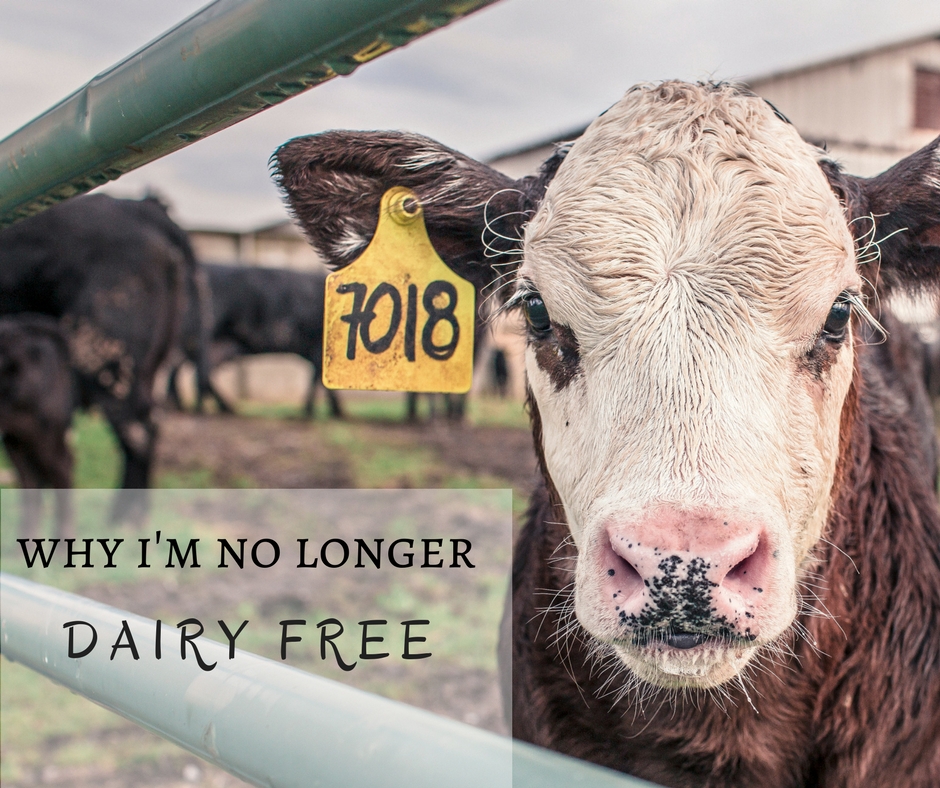It’s been a busy couple weeks on my end, so I dearly apologize for being missing in action this past little bit. From creating The Humble Kitchen’s Gourmet Sea Salts, to going to markets, and trying to have a life outside of work – things got a little bit crazy.
But I’m back now!
So sit on down ladies and gents’ and get ready to hold onto your seats because I’m about to tell you through a rather shocking turn of events that took me from severe food sensitivites to healed skin and no longer avoiding or reacting to dairy at all!
(I always knew I’d be back for you, icecream)
While I was on the elimination diet, my skin was better than it had been in a long time. You can read the whole story here, but to save you some time I eventually discovered dairy was my skins #1 enemy (or so I thought). I avoided dairy like the plague and went on with my life. For several weeks I was doing alright, but all too quickly I noticed the familiar redness creeping up -accompanied by tiny bubbles under my skin. My eczema had come back (albeit much more manageable than before) no matter how diligent I was with my dairy-free diet.
With my increasingly bubbling skin arose a crippling fear of what I once loved dearly – food. I was afraid of any food I didn’t make. Every restaurant dish felt like a game of roulette, and every meal my family members made was accompanied by 1000 questions before I was assured enough to eat.
This went on for several weeks, but eventually this summer at a family gathering (surrounded by food I was once again afraid to eat) -enough was finally enough. I was sick of being sick, and sick of being afraid of food. Armed with my emergency steroid cream – I binged, and indulged in everything from creamy pasta, to brownies and of course ice cream.
Needless to say: My sweet tooth was happy, but my hands were not.
Days later, still armed with my emergency steroid cream and even more resentful towards my restricting diet, I decided to make a radical switch in my diet and dive head first into the world of Keto.
I had heard that a ketogenic diet can help reduce and manage inflammation –exactly the culprit I suspected behind this deceiving disease. I figured that this could be the key to healing myself once and for all or at the very least I would enjoy food and dairy once again, even for a little bit.
A Ketogenic Diet is high in fat, moderate protein and very low in carbohydrates. An entire blog dedicated to this diet is coming soon, but for now, let’s continue.
Terrified, but determined I jumped into a diet filled with my suspected eczema causing culprit and I emerged… better than ever before.
Not only did my eczema disappear but my acne cleared up, my nails grew stronger, my energy levels increased, my tummy has settled and even handles the inevitable (occasional) binges that occur with ease -which means minimal if any flaring, bubbling, itchy skin!
The best part?
I no longer live in fear about whats in my food, and can once again go back to enjoying meals and cooking the way I once did before! So don on your apron, try your hand at some culinary sea salts, and meet me in the kitchen for even more fantastic, tummy happy recipes coming your way!
Health & Happiness,
Savannah
While the Elimination Diet didn’t yeild lasting results for me, doesn’t mean the diet is no good. Nor does it mean that Keto is the only diet to be on for eczema. On the contrary – everybody and every body is different. Our needs, stories, and journey to good health is ours alone. So take this life and explore, experiment, and never settle in both life and health.
Lastly, remember I am not an expert in these fields. I have based my writings upon my own experiences, opinions, beliefs and extensive research. See my full disclaimer, and always consult a health care professional for medical and health advice.
